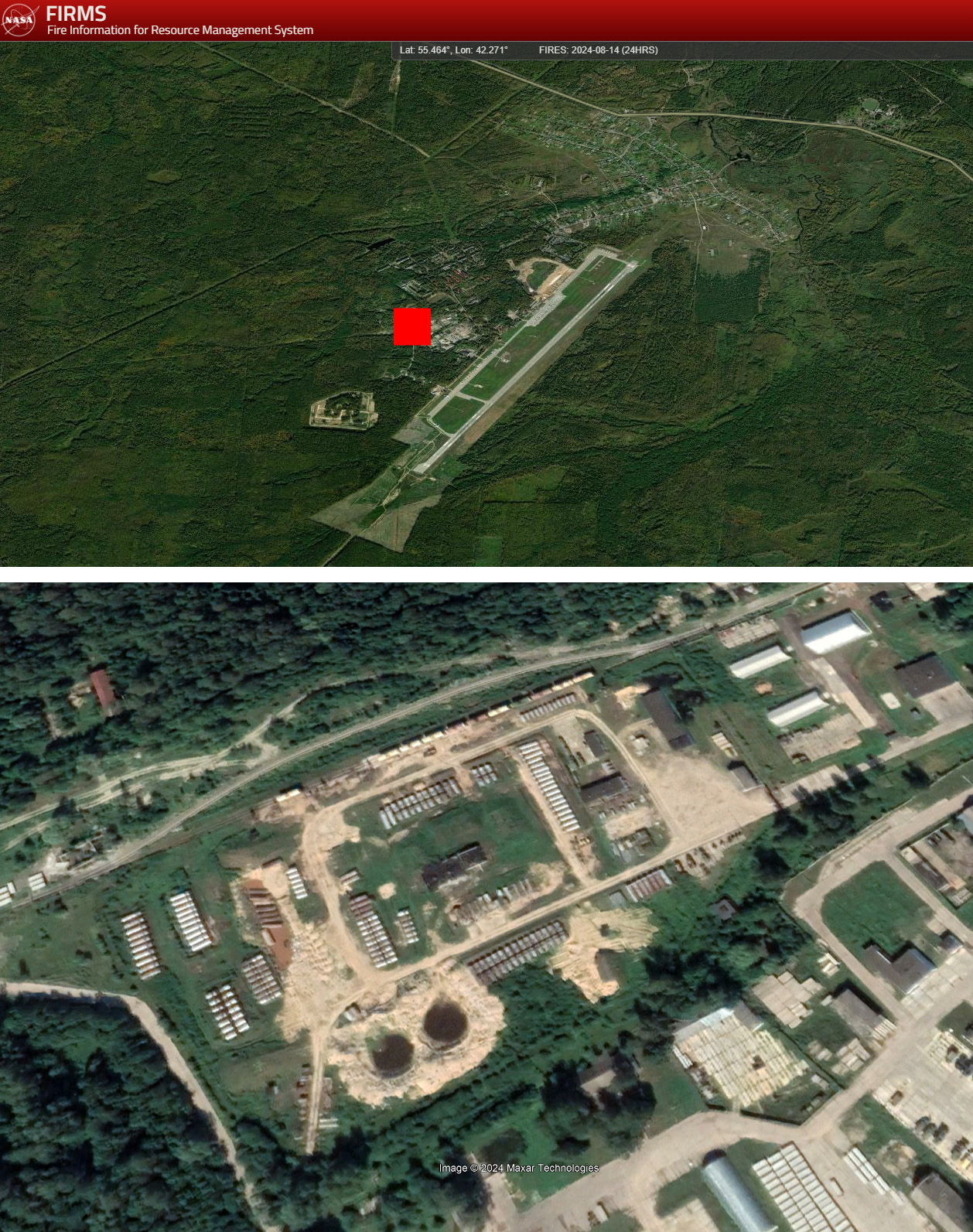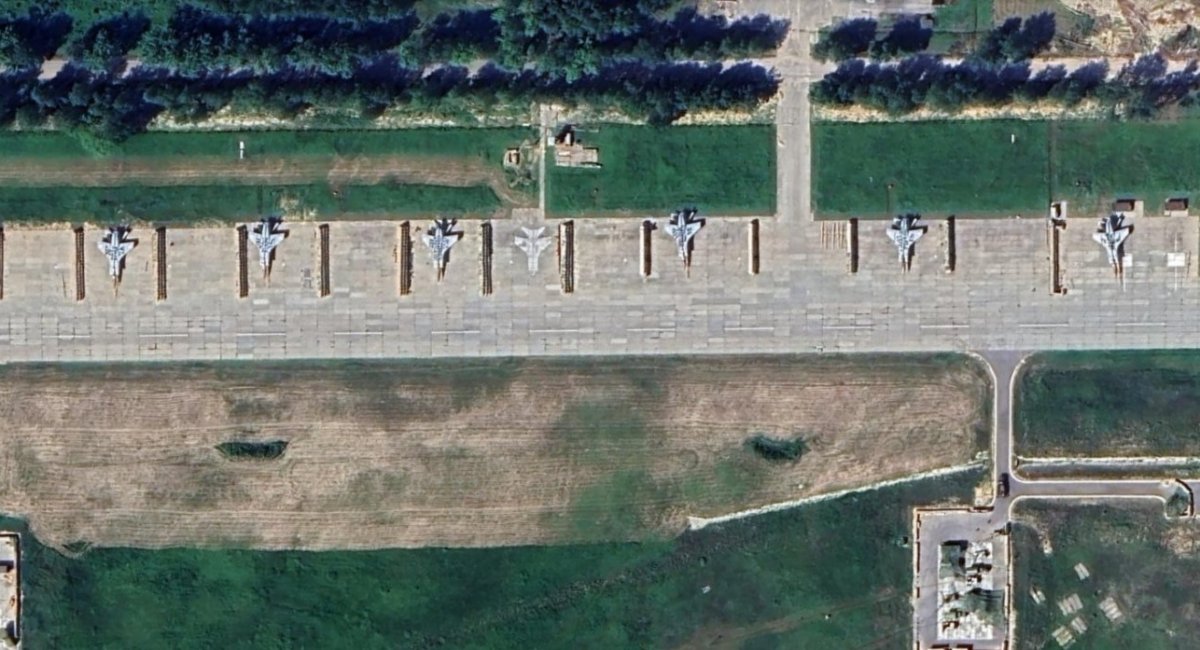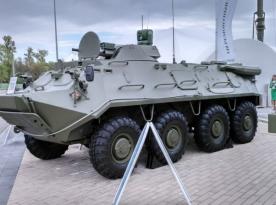On the night of August 14, Ukraine successfully launched a new series of strikes on russian airfields within russia. The targets included airbases near Voronezh, Borisoglebsk and Savasleyka, from which russian MiG-31K aircraft equipped with the Kh-47 Kinzhal missiles frequently operate.
There is now reason to believe that future operations from this base may be significantly hindered. Ukrainian long-range drones reportedly struck the base effectively. A video from the scene shows a rural russian resident expressing frustration that the air defense of this critical airfield failed to intercept a single attack drone.
Read more: Ukrainian Drones Attacked russia’s Su-34 Fighter-bombers Air Base
The explanation seems to lie in the fact that the Savasleyka air base relies on ZU-23-2 autocannon and machine guns for defense, with no evidence of more advanced air defense systems being deployed.
The effectiveness of the strike is further confirmed by NASA’s satellite data, which shows a large fire in the area where fuel and lubricants are stored. This is particularly significant because the MiG-31 aircraft requires a specialized fuel, T-6 kerosene, designed for supersonic flights at high altitudes. Although the MiG-31 aircraft can use other fuels like RT kerosene, doing so imposes limitations on flight modes, such as the inability to conduct supersonic high-altitude flights necessary for launching the Kh-47 Kinzhal missile.
T-6 kerosene is unique to the MiG-31 aircraft and was previously used only by the MiG-25 aircraft. Another similar fuel, T-8B, is used in the Tu-160 bomber. These fuels are produced from specific types of oil and at select refineries, making any damage to fuel stocks or the airfield’s fuel infrastructure a significant setback. The question of whether the MiG-31K aircraft can continue to be based at this airbase is now in doubt. While the aircraft could potentially be relocated to another airfield, this would still create additional challenges for the enemy.

It’s important to note that NASA’s service detects fires but not explosions, so any damage to aircraft, particularly if Ukrainian drones were equipped with airburst warheads, perfect for destroying aircraft in open areas, would not be visible.
Read more: Ukraine's General Staff Officially Confirms Strike on Oil Depot in russia














